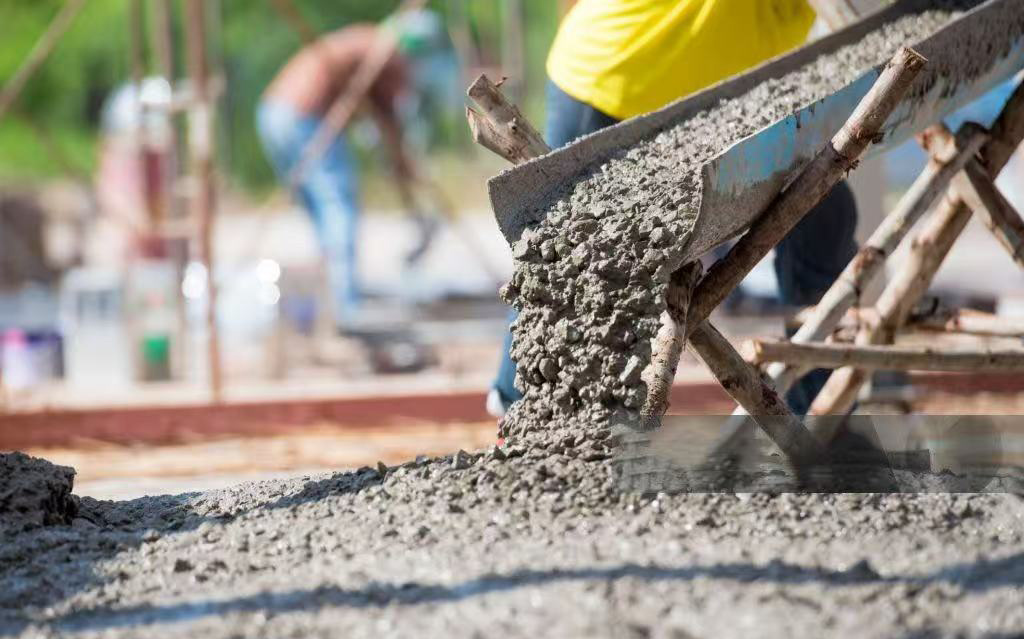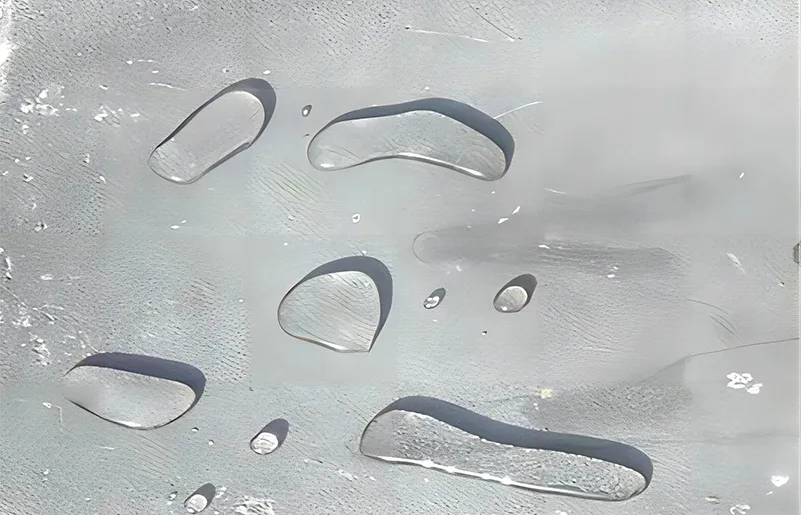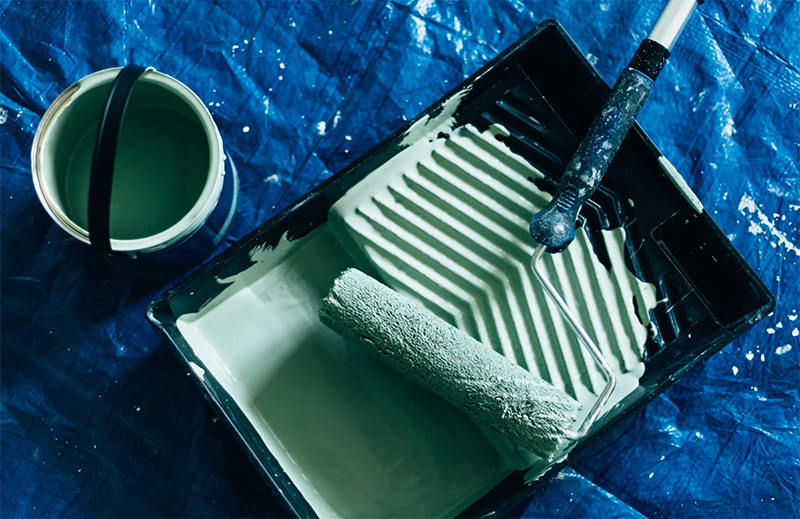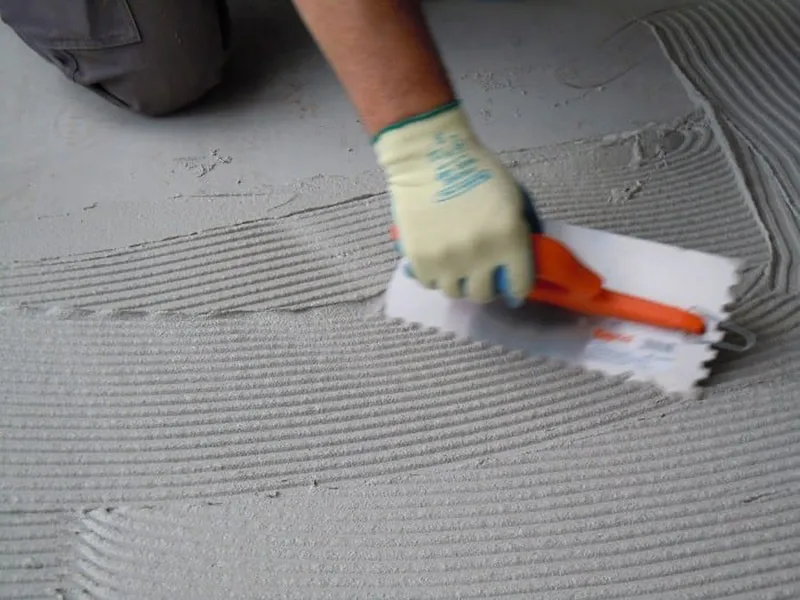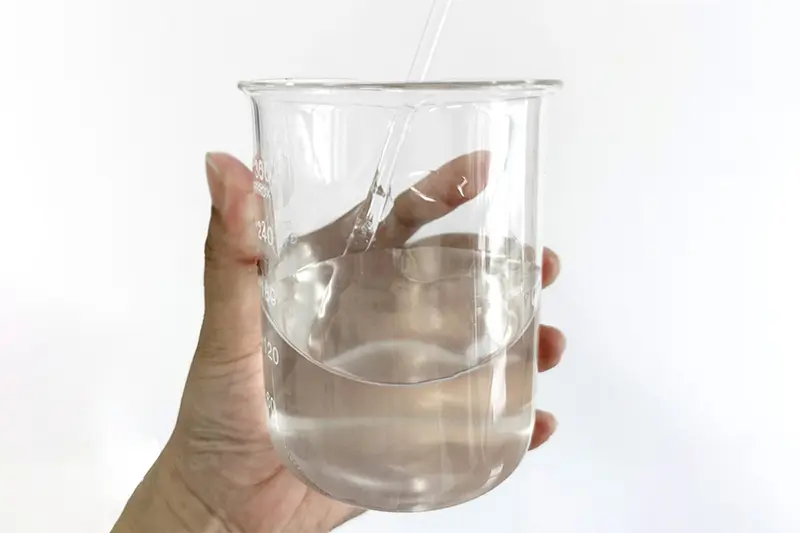
The dissolution process of HPMC is not simple and often requires attention to methods and details.The speed and effect of dissolution of HPMC directly affects the stability and usability of the final product. If dissolved improperly, it will easily lead to agglomeration or incomplete dissolution, which will reduce the production efficiency and even affect the product quality. Therefore, mastering the correct dissolving method can not only improve the working efficiency, but also ensure the best performance of HPMC in all kinds of products.
I.Basic Principle of HPMC Dissolution
The ability of HPMC to dissolve in water is mainly due to its special chemical structure. HPMC molecules contain a large number of hydrophilic groups. Such as hydroxypropoxy and methoxy, which are able to adsorb water molecules and eventually dissolve to form a viscous solution. This hydrophilic nature of HPMC makes it an ideal thickener and stabilizer in many industries.
II. Dissolution method of HPMC
Different application scenarios and production requirements determine the choice of dissolution methods, the following are three commonly used methods of HPMC dissolution, their detailed operating procedures and applicable scenarios.
1.Cold water dispersion method
Cold water dispersion method is the most commonly used and safest way to dissolve HPMC, which is suitable for most scenarios, especially in industries that require high transparency and homogeneity of the solution, such as in coatings, construction additives and daily chemical product formulations.
Dissolution Steps
- Pre-dispersion: Add a certain amount of cold water to the mixing vessel and start mixing slowly. At the same time, sprinkle the HPMC powder into the water evenly, avoiding a large amount of input at one time and preventing the powder from gathering lumps.
- Slow stirring: Keep stirring at a slow speed to ensure that the HPMC is fully dispersed in the water. The solution may still be granular or flocculent at this point.
- Standing: After stirring for about 10-30 minutes, stop stirring and let it stand until the HPMC gradually absorbs water and swells. Typically, the solution is left for 2-4 hours or longer until the HPMC is completely dissolved and a uniform, clear solution is formed.
Application Scene and Advantage
- Applicable scenes: Formula production of architectural coatings, putty powder, tile adhesive and other products.
- Advantages: Simple operation, uniform solution, high transparency, effectively avoid caking, suitable for medium and high viscosity HPMC.
- Cautions: Do not accelerate the stirring when sprinkling into HPMC, otherwise it is easy to form flocs and affect the dissolution efficiency.

2. Hot water dissolution method
The hot water dissolution method is mainly used in the scenario where the HPMC solution needs to be prepared quickly, and it is suitable for low and medium viscosity HPMC. this method relies on the change of water temperature to help dissolution, reduce the dissolution time and improve the dissolution efficiency.
Dissolution steps
- Dissolve in hot water: First add 1/3 of hot water (about 80-90℃) in the container, stir slowly, slowly sprinkle HPMC into the hot water, stir until HPMC is fully dispersed, but not completely dissolved. At this time, HPMC shows swelling state.
- Cold water adjustment: continue to add the remaining cold water or ice water, the temperature will be rapidly reduced to below 20 ℃. At this time, HPMC gradually dissolves until it forms a stable viscous liquid.
- Leave to absorb: Leave to absorb for 30 minutes to 1 hour to ensure that HPMC is completely dissolved and then stir again and the solution is ready for use.
Application Scene and Advantage
- Applicable Scenarios: On-site mixing at construction sites, construction sites that require rapid preparation or processes where low viscosity solutions are urgently needed.
- Advantages: Time saving, fast dissolving speed, suitable for low viscosity HPMC or temporary preparation of solution.
- Cautions: Avoid putting HPMC into hot water directly, but add it gradually and control the stirring speed to prevent gelation or caking.
3.Dry powder mixing method
Dissolving steps
- Mixing of dry powder: Thoroughly mix HPMC powder with other powder raw materials (such as cement, mortar, gypsum, etc.) in a mixer. Make sure that HPMC is evenly distributed in the dry powder.
- Adding water and mixing: When using, gradually add appropriate amount of water, mixing while adding water, so that the dry powder can fully absorb water and dissolve.
- Stir into slurry: Continue to stir until the slurry is uniform, thick and without lumps, then it can be directly applied to construction or production.
Application Scene and Advantages
- Applicable scenes: Construction mortar, putty powder, tile adhesive and other dry powder building materials formulations.
- Advantages: Avoid the caking problem that may occur during the dissolution of HPMC alone, easy to operate, good dissolution uniformity.
- Cautions: Ensure that HPMC is evenly distributed in the dry powder, otherwise it may lead to excessive local concentration and affect the performance of the final product.
III. Conclusion
Different dissolution methods are suitable for different production environments and application requirements. Choosing the appropriate dissolution method can not only improve the dissolution efficiency of HPMC, but also ensure the stability and performance of the final product. Mastering these three dissolution methods will help you to more flexibly cope with various challenges in the production process. At the same time, it can ensure the maximum efficiency of HPMC.


